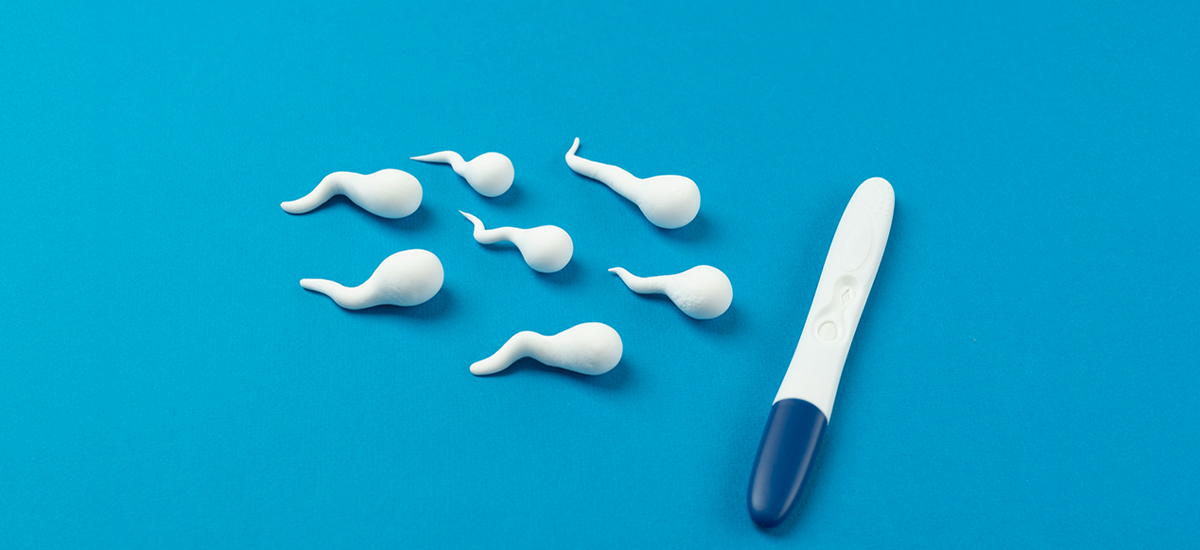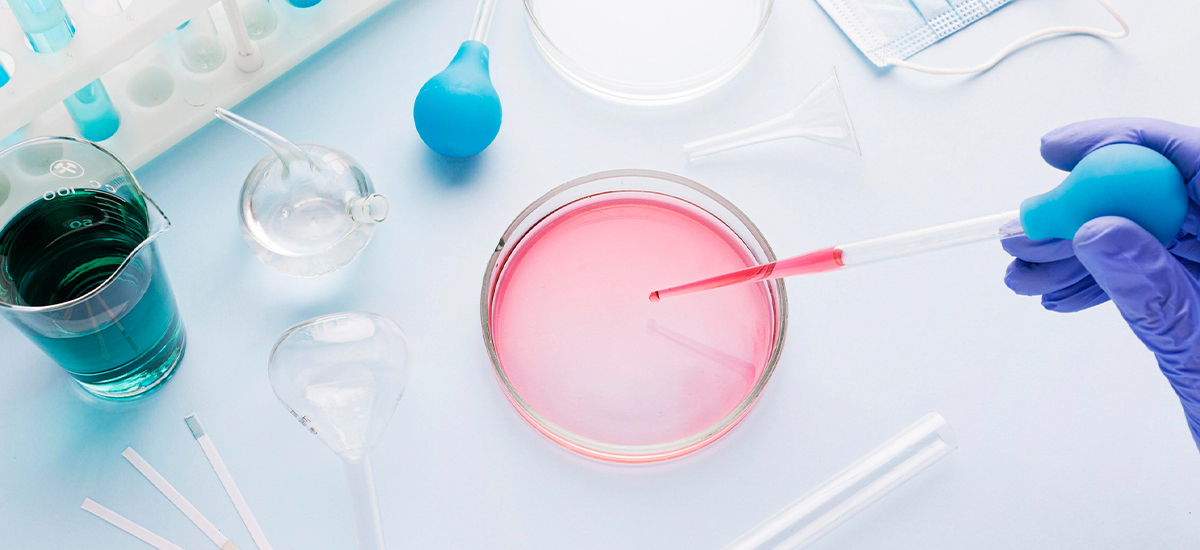Categories
Male Fertility Testing & Diagnosis: A Simple Guide That Spells Out Each Step
Sep 16, 2025
What’s next: A clear path—why semen analysis comes first,
how to prep, how to read the report, what add-on tests answer, and the timeline
to decisions.
Why
the semen analysis is first (and what question it answers)
Before anything
complex, you need to know three basics: how many sperm there are, how well
they move, and whether anything is blocking the route. One good semen
analysis answers most of that. If it’s normal, you focus on timing and your
partner’s tests. If it’s off or unclear, you repeat once before deciding
anything—sperm take 6–8 weeks to turn over, so one bad day shouldn’t set your
future.
How
to prepare so the first test actually counts
Small details
prevent false alarms and save months.
·
Abstinence: 2–5 days without ejaculation (follow the lab’s window).
·
Collection: wash/dry hands; collect by masturbation into the sterile cup; no
lubricants/condoms (they can harm sperm).
·
Timing: keep the cup
close to body temperature; reach the lab within 30–60 minutes.
·
Missed some sample? Tell the lab—volume matters.
·
Feeling awkward? Ask for a private room; this is routine for them.
Reading
a semen report in plain English
·
Volume: enough seminal
fluid from the glands?
·
Concentration (count): how many sperm per ml.
·
Motility: how many swim
forward.
·
Morphology: shape; even with low “perfect” shapes, usable sperm can be plentiful.
Doctors look for patterns and for two
tests that match—not one scary number.
If
two tests agree something’s off, add only tests that explain why
·
Hormones (FSH, LH, testosterone, prolactin, TSH): clarify very low counts, low energy/libido,
or suspected endocrine issues.
·
Scrotal ultrasound with Doppler: checks varicocele, testicular size, and blockages.
·
Genetic tests (when counts are extremely low/absent): karyotype, Y-microdeletions; CFTR if the vas
deferens is missing.
·
Infection screen: if burning, discharge, or high white cells are noted.
Quick
wins while you wait (often the fastest lifts)
·
Recover from fever/illness before retesting—counts can dip for a
full cycle.
·
Avoid saunas/hot tubs, keep laptops off laps, wear looser
underwear.
·
Stop smoking, moderate alcohol; review meds like testosterone, anabolic steroids,
finasteride.
·
Eat regular meals with protein + fruit/veg; aim for a healthy weight.
Supplement only if a real deficiency is found.
Matching
results to next steps (always a couple decision)
·
Normal/near-normal semen + regular ovulation: optimise timing; consider a short trial of IUI
if there are mild issues either side.
·
Mild–moderate male factor or cervical issues: IUI concentrates the best swimmers
and places them closer to the egg.
·
Severe male factor or tubes/egg reserve issues: IVF/ICSI (one sperm placed into the
egg). If no sperm in ejaculate, surgical retrieval may be discussed.
A
realistic timeline you can hold onto
·
Week 0: first consult +
semen analysis.
·
Week 1: results; start
easy fixes.
·
Week 6–8: repeat analysis
to confirm the pattern.
·
Week 8–12: targeted add-on tests if needed; decide on timing/IUI/IVF-ICSI based on
the combined couple picture.
Privacy
and dignity (questions to ask up front)
·
“Can you show me exactly how to collect and deliver the sample?”
·
“If this is borderline, when do we repeat—and why that timing?”
·
“What changes if we try one more cycle versus moving to IUI/IVF now?”
·
“How will you combine my results with my partner’s to choose the
shortest path?”











